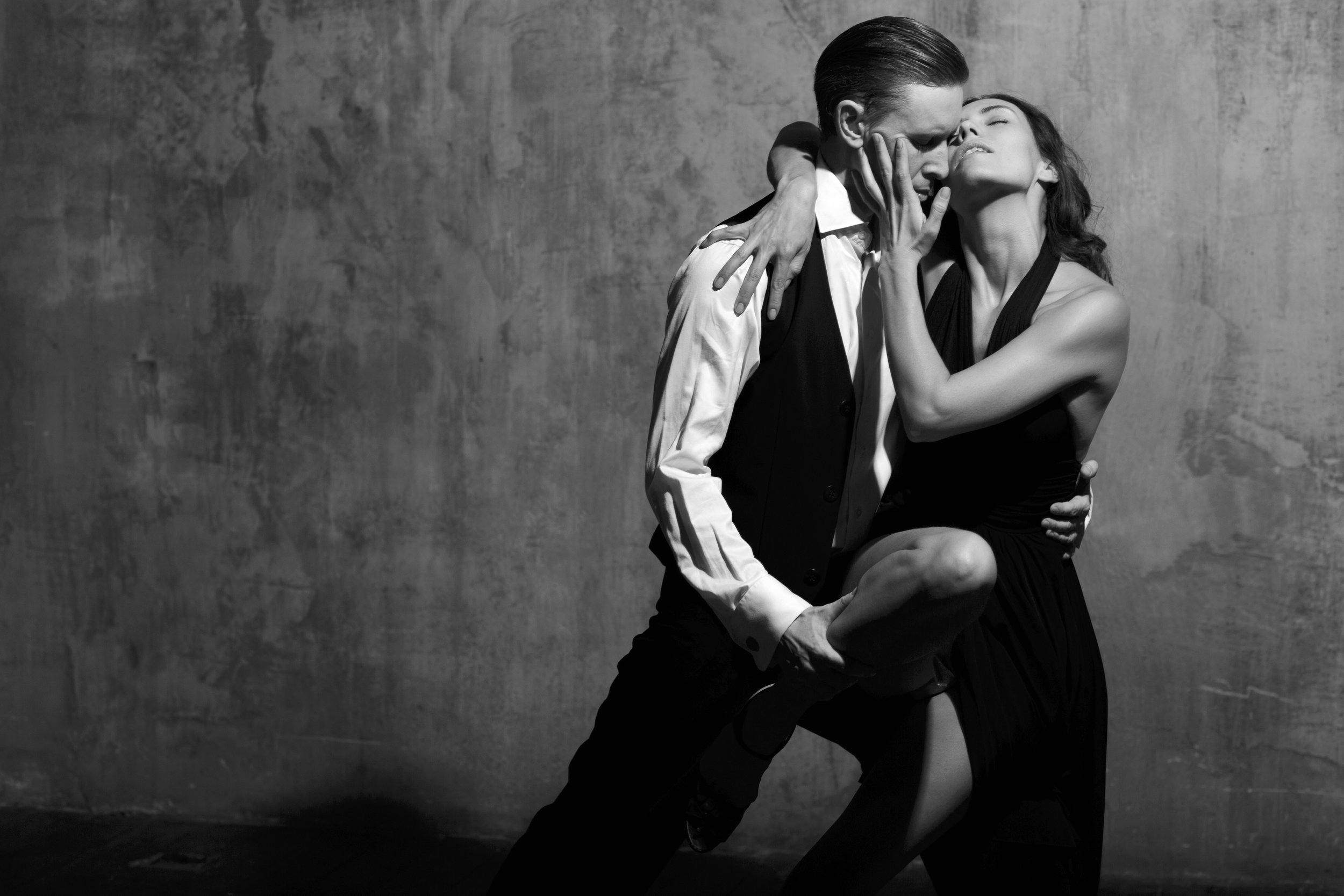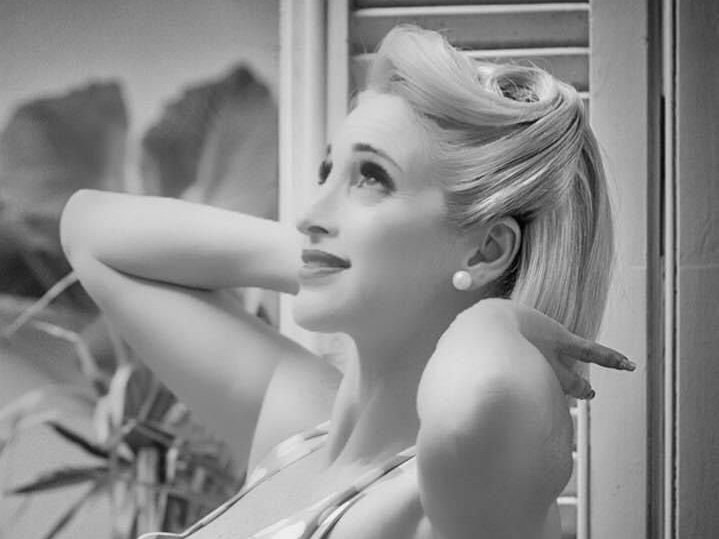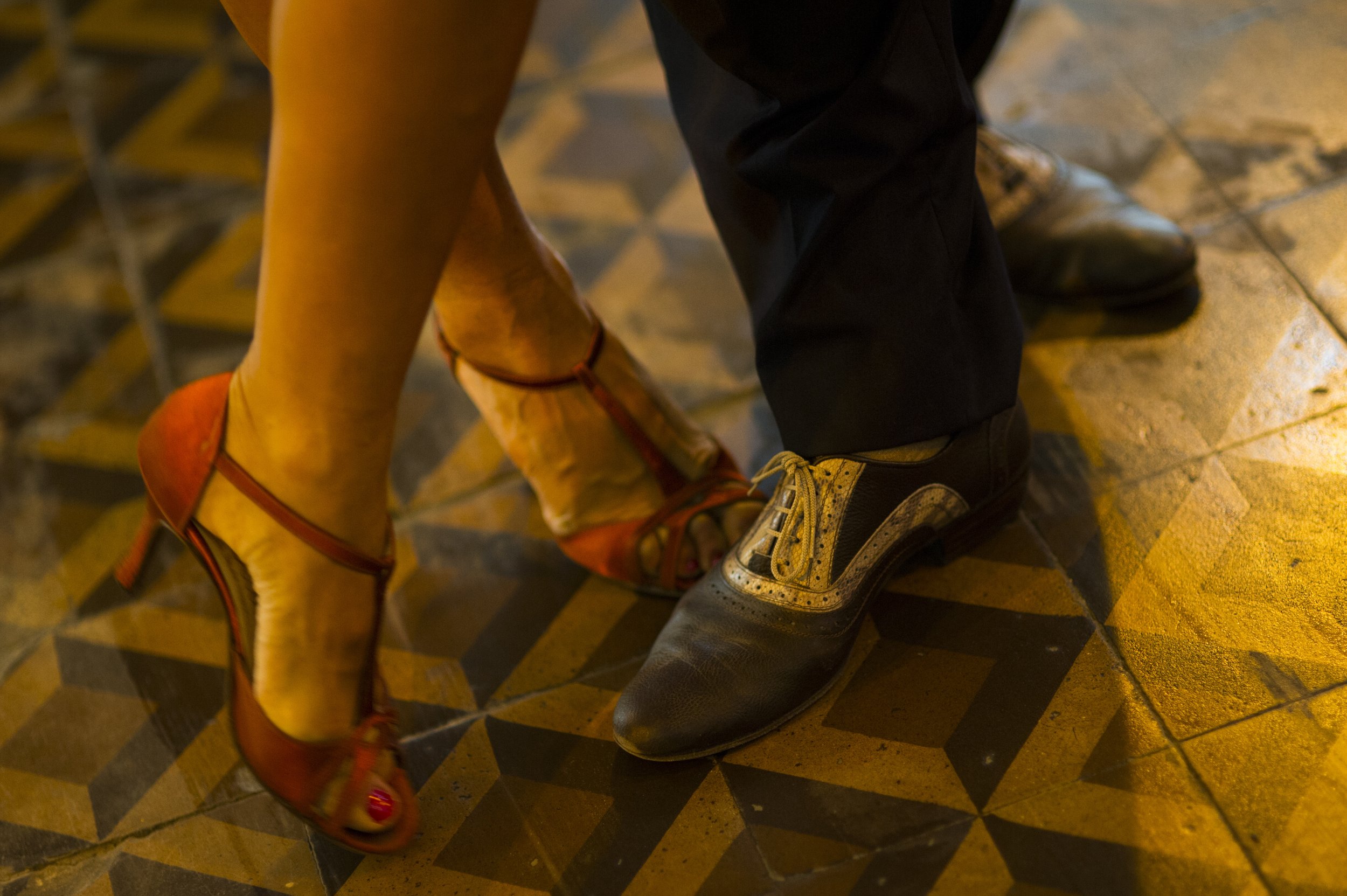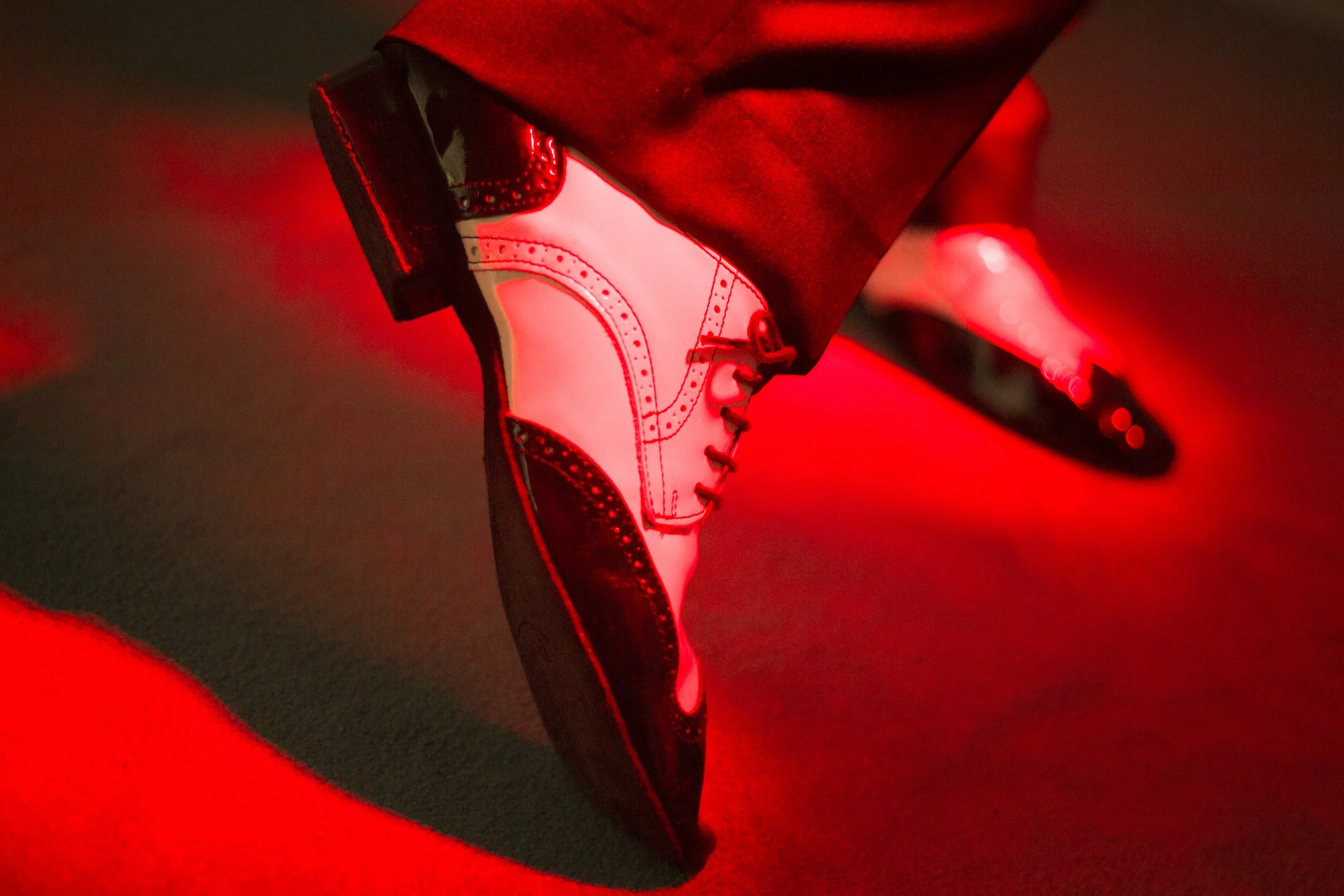Whether in milongas or classes, hygiene and tango go hand in hand as the dance requires close contact between both partners.
Locked in an embrace, dancers would share their personal spaces at such close proximity that it’s inevitable for one or the other to notice things like bad odor or perspiration. Of course, when these issues occur, they may ruin an individual’s experience.
As a sign of respect to one’s partner, one must make it a point to practice good personal hygiene when attending milongas and classes.
In fact, many tango schools, teachers, and even dancers themselves consider personal hygiene as part of tango codes. Numerous websites for tango dance schools even dedicate a separate page outlining some tips and recommendations when it comes to both personal hygiene and good manners. While this, in general, can be extremely helpful as a means to check oneself, it implies that this rather delicate issue still exists and deserves constant reminding.
Read More



















